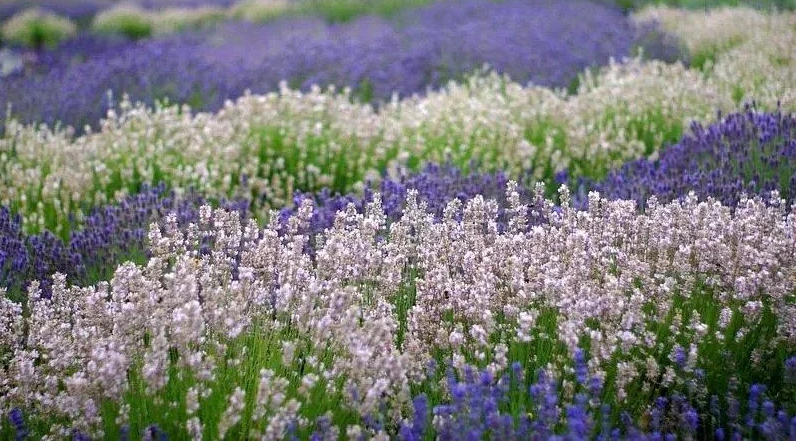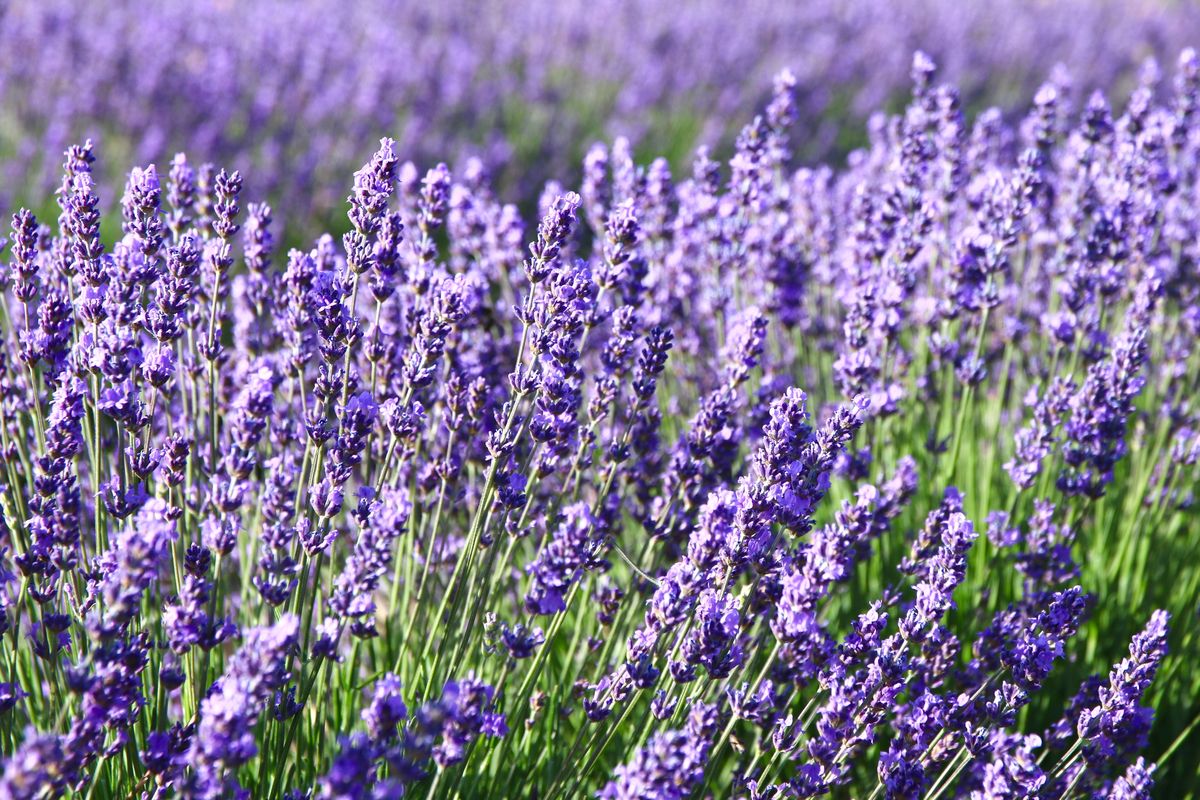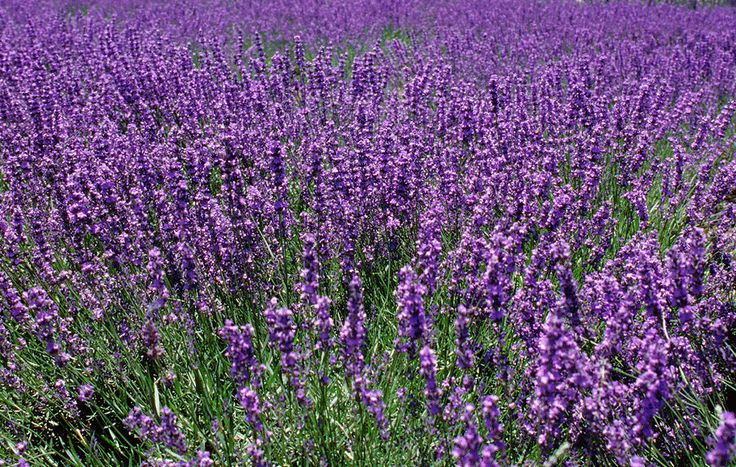Lavender, scientifically known as Lavandula, is a flowering plant that belongs to the Lamiaceae (mint) family. It is native to the Mediterranean region, including areas such as southern Europe, northern Africa, and parts of the Middle East. Lavender is widely cultivated and grown in various regions around the world due to its beauty, fragrance, and medicinal properties.
The use of lavender can be traced back thousands of years to ancient civilizations. It has a rich history of cultivation and usage in different cultures. Here are some key highlights of the origins of lavender:
- Ancient Mediterranean: The cultivation of lavender dates back to ancient times in the Mediterranean region. The ancient Egyptians, Greeks, and Romans valued lavender for its aromatic properties. The Egyptians used it in the embalming process, while the Greeks and Romans used it for bathing, cooking, and scenting the air.
- Traditional Herbal Medicine: Lavender has a long history of use in traditional herbal medicine systems. In ancient Persia, lavender was used for medicinal purposes, including treating various ailments and promoting relaxation. It was also used in traditional Ayurvedic medicine in India.
- Medieval Europe: Lavender became popular in Europe during the Middle Ages. It was widely cultivated in monastery gardens and used for its therapeutic properties. Lavender was used to make herbal remedies, perfumes, and scented sachets.
- Victorian Era: Lavender gained further popularity during the Victorian era in England. Queen Victoria herself was fond of lavender, and its use spread throughout the country. Lavender-filled sachets were placed in closets and drawers to repel moths and keep clothes smelling fresh.
- Modern Cultivation: Lavender cultivation expanded beyond its native Mediterranean region in the modern era. It is now grown in various countries, including France, Bulgaria, England, the United States, and Australia. France is particularly renowned for its lavender fields and high-quality lavender essential oil production.
Today, lavender is cherished for its aromatic properties, and its essential oil is widely used in perfumes, cosmetics, soaps, and aromatherapy. It is also a popular ornamental plant in gardens, known for its beautiful purple flowers and calming fragrance.
The various species and cultivars of lavender offer different scents, colors, and growth habits, adding to the diversity of this beloved plant. Lavender continues to be celebrated for its beauty, versatility, and therapeutic qualities in different cultures around the world.


